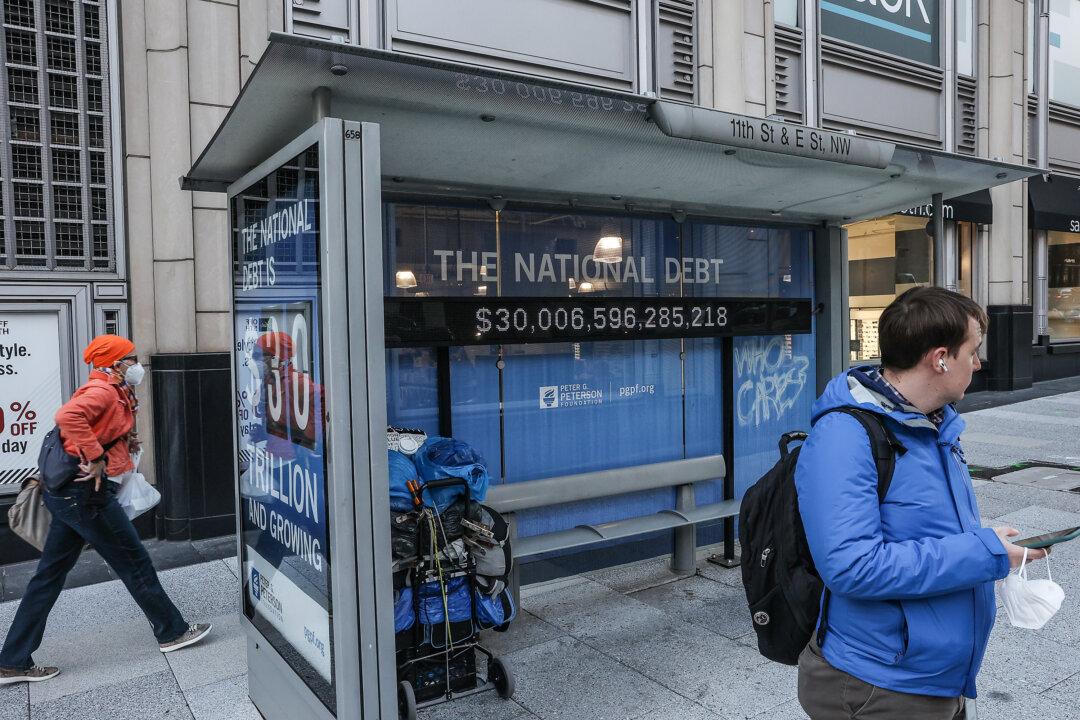Commentary
What began in 2008 and continued for the better part of 14 years appears finally to be coming to an end. The era of cheap money and credit is over.

What began in 2008 and continued for the better part of 14 years appears finally to be coming to an end. The era of cheap money and credit is over.